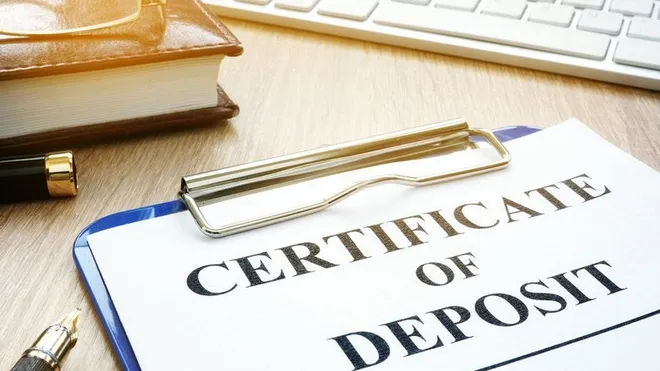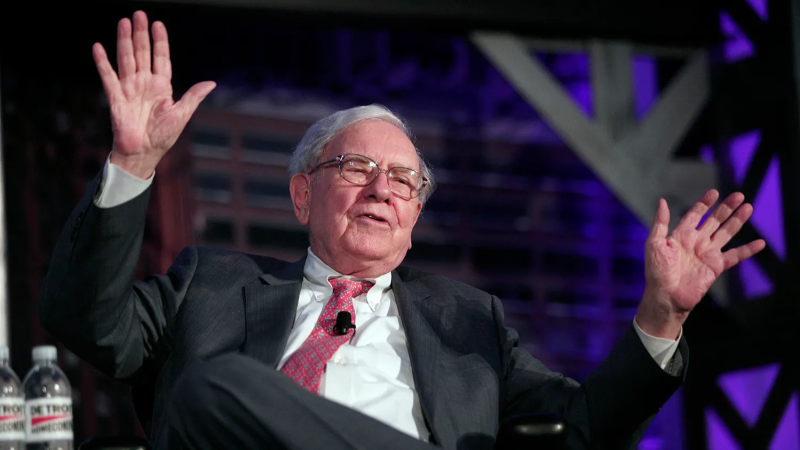Callable CDs are great, until the bank wants it back. What to do if that happens.
The days of earning 5% or more on nearly risk-free certificates of deposit (CDs) are coming to an end, but for some, they could be ending even sooner than expected as banks and other financial institutions call back CDs early.
Callable CDs give banks and brokerage firms the right to redeem a CD before the maturity date. They’re more likely to call CDs when interest rates are falling. Financial institutions don’t want to pay higher interest rates should prevailing interest rates drop.
Seeing that the Federal Reserve began a rate-cutting cycle in September, experts expect more CDs to get called in coming months. The Fed lowered its short-term benchmark fed funds rate for the first time in more than four years, by a half a percentage point, from a 23-year high. It’s also expected to continue cutting rates through next year.
“It’s simple math,” said Sean Mason, investment adviser representative at Fresno Financial Advisors. “If the CD pays 5% and rates drop, and CD rates go to 3%, the bank doesn’t want to pay 5% anymore. They’re also receiving lower rates (on money they lend) than before. So, in a decreasing interest rate environment, the odds go up your CD will get called.”
Are all CDs callable?
Not all CDs are callable so savers should check the terms of their CDs, especially high-yielding ones, experts said. Issuers typically pay higher yields on callable CDs than on traditional ones because of the risk of early redemption.
Capitalize on high interest rates: Best current CD rates
“A callable CD has fine print that needs to be read and understood,” said Mary Grace Roske, spokeswoman at CD rates comparison site CDValet.com. “Savers using CDs for predictable returns can find themselves surprised if their CD is called, bringing an abrupt end to their expected great returns.”
Callable CDs should state a non-callable period, or the initial time when the CD cannot be called. For example, a five-year CD may have a one-year call-protection period.
They should also have a call schedule, or set times when the bank or broker can call the CD. Call dates are usually every six months but can vary.
Got a century?:A 100-year CD puts a new spin on long-term investing. Is it a good idea?

What happens if my CD is called?
When a CD is called, you get back your initial deposit plus any interest that is earned up to that point.
“However, you lose out on the interest you would have made had the CD reached its maturity date,” Roske said.

What should I do if my CD is called?
Don’t panic but quickly start looking for other investment opportunities, experts said.
“If your CD is called, you’ll want to promptly explore other savings options and select the one best matched to your goals, so your funds don’t sit idle,” Roske said.
Savers can initially stash their money in a money market account to earn 3.5% to 4.5% interest while looking for their next move, but those rates “aren’t going to last,” Mason said, so people should act quickly.
Mason suggests annuities or Treasuries if a saver wants to keep a similar risk profile as CDs.
- Annuities through life insurance companies can offer the same return as the called CD and have a commitment term of two, five, ten years or more, also similar to a CD, he said. The drawback is that an annuity withdrawal that’s larger than what was agreed to could mean steeper penalties than cashing out a CD early, he said.
For example, an annuity can pay 5% if you commit to two years. The contract may allow you to take some money out each year, “but if you need more, they might charge a 10% penalty on the rest,” Mason said, if it’s during the surrender period. Surrender period is the timeframe when an investor cannot withdraw funds without paying a fee, or surrender charge.
- Treasuries, or nearly risk-free government debt securities, currently still pay between 4% and 5% interest depending on the time to maturity. Investors can hold them to maturity to get the full investment back while collecting regular interest coupon payments, or sell them through a bank, brokerage, or dealer before maturity. You may have to pay a transaction fee and the price you get will depend on demand for that Treasury. “If your Treasury’s paying 4% and rates go down to 2%, you may be able to sell it for more” than what you paid, Mason said.
Medora Lee is a money, markets, and personal finance reporter at USA TODAY. You can reach her at mjlee@usatoday.com and subscribe to our free Daily Money newsletter for personal finance tips and business news every Monday through Friday morning.
Disclaimer: The copyright of this article belongs to the original author. Reposting this article is solely for the purpose of information dissemination and does not constitute any investment advice. If there is any infringement, please contact us immediately. We will make corrections or deletions as necessary. Thank you.







